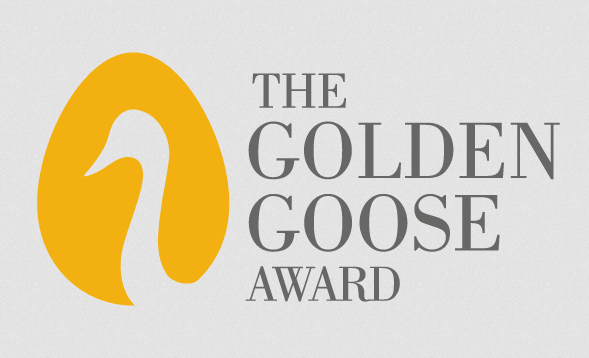
Last week, the Golden Goose Award honored seven scientists whose unusual, curiosity-driven, federally underwritten research led to major scientific breakthroughs. The Golden Goose Award was launched in 2012, building upon an idea by then-Rep. Jim Cooper (D-TN) to honor federally funded researchers whose work may sound silly, odd, obscure, or wasteful of taxpayer funding, but which has had a major positive impact on society.
This year’s awardees include:
- Geoffrey Hinton (University of Toronto), James L. McClelland (Stanford University), and David E. Rumelhart (Stanford University), whose research into models that could explain human cognition “laid the groundwork for a revolution in machine learning and artificial intelligence.” In the early 1980s, the researchers developed a framework (the parallel distributed processing framework, or PDP) that focused “on how networks of simple processing units, inspired by the properties of neurons in the brain, could give rise to human cognitive abilities.” The framework has profoundly influenced the development of AI and paved “the way for modern deep learning techniques.”
- Christian Che-Castaldo (U.S. Geological Survey), Heather Joan Lynch (Stony Brook University), and Mathew Schwaller (NASA), who developed a way to use satellite monitoring systems to track animal populations. The researchers discovered that they could use pictures of pink penguin guano stains captured by satellites “as a proxy for penguin colonies” in Antarctica. Their research eventually led to the discovery of a colony of 1.5 million Adélie penguins in Antarctica’s Danger Islands. Because of their discovery, the islands are now designated for conservation. With advancements in computing power and satellites, “scientists are now tracking walruses, seals, African elephants, and even cows in pastures using this technology.”
- Jeff Walters (Virginia Tech University), whose research on red-cockaded woodpeckers led to a technique to protect the birds and grow their numbers in the wild. Walters discovered that woodpeckers like building homes in existing tree cavities since it takes years to create new cavities in the longleaf pine trees that they prefer. Walters found that drilling cavities in trees that the woodpeckers could use as homes helped the birds “establish new territories and family groups” in areas where old trees with existing cavities had been cut down.
“This year’s stories all have connections to knowledge created at research universities, a testament to these institutions’ value in yielding discoveries that strengthen our economy and quality of life. The federal government’s ongoing commitment to fund university-based scientific research has repeatedly proven to be a wise investment in helping the nation achieve its priorities. All three stories further demonstrate the importance of NSF funding for basic scientific discoveries,” said AAU President Barbara R. Snyder.
The teams’ stories are told in this short documentary film, now available on YouTube.
AAU is one of the founding sponsors of this award, which has enjoyed bipartisan, bicameral support from Congress since it was first launched. Speakers at this year’s ceremony included Sen. Todd Young (R-IN), Sen. Chris Coons (D-DE), Rep. Suzanne Bonamici (D-OR), Rep. Bill Foster (D-IL), White House Office of Science and Technology Policy Director Arati Prabhakar, and National Institutes of Health Director Monica Bertagnolli.
Please join AAU in congratulating this year’s winners!
Do you know of a federally funded research project that has led to immense scientific or technological changes or societal impacts? You can nominate individual researchers or research teams for next year’s Golden Goose Award here; submit nominations by December 13.
Kritika Agarwal is senior editorial officer at AAU.